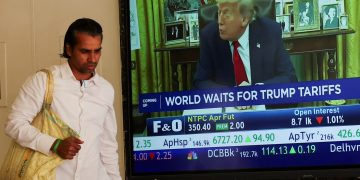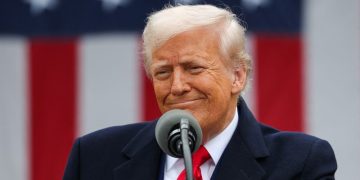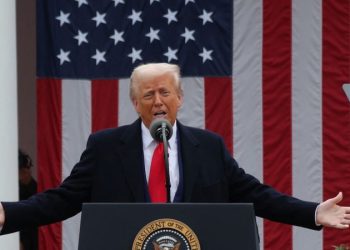WASHINGTON (Reuters) – Federal Reserve officials adjourned their July 26-27 policy meeting with an unusually long eight-week break before their next gathering, sending a heavier-than-normal amount of U.S. data about inflation, jobs, and the economy to their in-boxes.
The interlude, however, has been less clarifying than humbling as U.S. central bank officials gained little sense of how their battle against inflation may end, and instead acknowledged the fight may take longer than expected.
There still seems a chance that price pressures can be lowered without a sharp economic slowdown. Signs of a developing recession have eased since the Fed’s policy-setting committee last met.
Yet inflation has shown no sign of abating.
For now, it appears likely that the Fed will raise interest rates by three-quarters of a percentage point next week, although the release on Tuesday of higher-than-expected consumer price data introduced a measure of uncertainty to that outlook – to the high side.
What comes after that meeting is up for grabs. New economic projections to be released alongside the Sept. 21 policy statement will give an indication of what policymakers think will happen, but their track record of late has not been good.
Fed officials got a jolt in June when inflation rose faster than expected, then a bit of a reprieve in July when the annual pace of price increases slowed.
That brief shining moment, providing some hope the worst was over, evaporated in August. Though falling…



























































